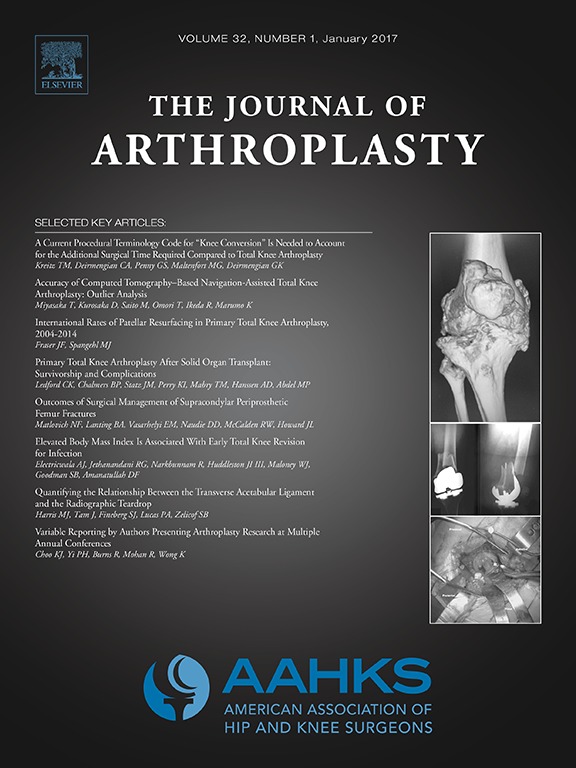
ARTHROPLASTY
Hip resurfacing vs arthroplasty in terms of function outcomes and metal ion levels
J Arthroplasty. 2015 Jan;30(1):61-7.82 patients scheduled to undergo primary hip replacement due to osteoarthritis were randomized to receive either resurfacing hip arthroplasty or total hip arthroplasty. The purpose of this study was to assess whether hip resurfacing is associated with superior functional results, and evaluate metal ion blood levels as compared to standard hip arthroplasty. Results indicated that patients who had undergone resurfacing hip arthroplasty experienced superior mid-term (up to 2 years) function to those who had undergone total hip arthroplasty. Resurfacing hip arthroplasty patients also had higher levels of metal ions in their blood, and although their levels were within the safety margin, this indicated an increased risk for metal toxicity.
Unlock the full ACE Report
You have access to {0} free articles per month.Click below to unlock and view this {1}
Unlock NowCritical appraisals of the latest, high-impact randomized controlled trials and systematic reviews in orthopaedics
Access to OrthoEvidence podcast content, including collaborations with the Journal of Bone and Joint Surgery, interviews with internationally recognized surgeons, and roundtable discussions on orthopaedic news and topics
Subscription to The Pulse, a twice-weekly evidence-based newsletter designed to help you make better clinical decisions
Exclusive access to original content articles, including in-house systematic reviews, and articles on health research methods and hot orthopaedic topics
Or upgrade today and gain access to all OrthoEvidence content for just $1.99 per week.
Already have an account? Log in


Subscribe to "The Pulse"
Evidence-Based Orthopaedics direct to your inbox.
{0} of {1} free articles
Become an OrthoEvidence Premium Member. Expand your perspective with high-quality evidence.
Upgrade Now












































































